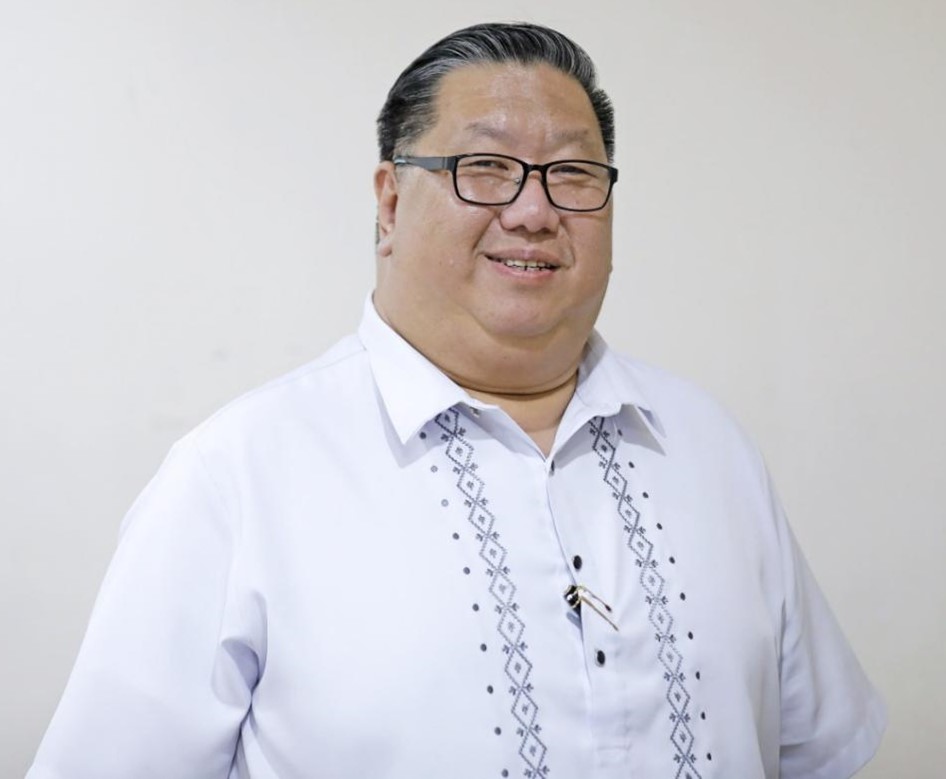FRESH VIEWPOINTS: A NEW PERSPECTIVE
By Brian James Lu
RCEP and Philippine agriculture
Share
On June 2, 2023, the Regional Comprehensive Economic Partnership (RCEP) agreement entered into force.
Finance Secretary Benjamin Diokno was very ecstatic when he stated on Feb. 23 "the ratification of the RCEP is key to a more open, transparent, and predictable trade and investment environment. Deeper economic integration among RCEP member states will expand the country’s market access for goods and services, attract more investments, and create more and better jobs."
The RCEP was ratified by the Senate on Feb. 22 by 20 senators with only Senator Riza Hontiveros voting against it, while Sen. Imee Marcos abstained.
It is the largest free trade agreement in the world composed of 10 ASEAN member countries, including free trade agreement (FTA) partners such as China, Japan, South Korea, Australia and New Zealand.
Overall, RCEP members account for one-third of the world’s population and economy. Specifically, the RCEP region accounts for 50 percent of global manufacturing output, 50 percent of global automotive output, 70 percent of electronics, and the main global value chain hubs of Japan, China and Korea.
The RCEP is the ninth FTA that the Philippines has ratified since the early 1990s. The Philippines has existing FTAs with several RCEP members, such as China, Australia, Japan, South Korea, and New Zealand. With RCEP, it is expected that customs duties imposed by each member state on imported goods will be reduced by approximately 92 percent for 20 years.
While RCEP was lauded by some members of the business sector and government officials, the agriculture sector opposed the agreement, stating that unbridled import liberalization is causing the gradual demise of Philippine agriculture. There is indeed a reason for the agricultural producers to oppose the agreement since tomatoes, potatoes, onions, garlic, cabbages, carrots, lettuce, cucumbers, and many other agricultural products are included in the Schedule of Tariff Commitments of the Philippines.
A lot of these vegetables are produced abundantly, particularly in the provinces of Benguet, Nueva Vizcaya, Mindoro and elsewhere. There were unfortunate times when farmers could not sell their produce, such as tomatoes and cucumbers, due to very low prices. During a Senate hearing on the prices of onions, farmers said that they can produce all the onions the country needs sans hoarding or the price manipulations of traders. It is already a fact that cheap imported agricultural products compete with those locally produced.
Import liberalization of all sorts of products has weakened Philippine industries, increased reliance on imported products, and threatened the nation’s food security. Reducing import tariffs to near zero will undoubtedly impact Philippine agriculture and the lives of millions of farmers who depend on the land as their source of livelihood. The result of the October 2022 Labor Force Survey showed that the agriculture and forestry industries lost 511,000 workers.
Beginning in the 1960s, succeeding governments chose to adhere to the policies of the International Monetary Fund (IMF) until the Philippines committed to opening its economy, meaning, open to foreign capital and foreign loans with economic impositions, to gradually liberalize the economy. The more the Philippines opened its economy to the influx of imported goods, reducing tariffs on agricultural products, the more the economy deteriorated, and local industries declined. The neoliberal era of the 1990s, marked by the establishment of the World Trade Organization (WTO), has led to more poverty among the people, threatened self-sufficiency, and increased food insecurity among nations.
It cannot be denied that the influx of agricultural products from other countries is making life difficult for agricultural producers. The decline in Philippine agriculture is more expressed by Walden Bello when he stated in an article that "In the years prior to our joining the WTO (World Trade Organization), our annual agricultural trade was most often in surplus. The last time our agricultural trade was in surplus was in 1993. Since we joined the WTO in 1995, our agricultural trade went into deficit, growing from USD149 million in 1995 to USD960 million in 2005 to a whopping USD7.9 billion in 2019."
The RCEP opens the floodgates for more imported products, especially in agriculture. While economic protectionism remains a viable option but may not be feasible in the era of globalization, I think what is more doable is to awaken the patriotic sentiments of Filipinos to patronize locally produced commodities.
There is now an emerging and developing movement to buy Filipino-made products, buy locally-produced vegetables, and help local farmers sell their produce in the cities, among other initiatives. There is hope, after all, since the patriotic and bayanihan spirits of the Filipinos persist.
Editor’s note: The opinions expressed in the foregoing article are solely the author’s and do not reflect the opinions and beliefs of the Philippine News Agency (PNA) or any other office under the Presidential Communications Office.
Comments
About the Columnist

BRIAN JAMES J. LU, MMgt, is an entrepreneur, business adviser, government consultant, and is deeply involve in civil society organizations. He advocates good governance, ethical business practices, and social responsibilities. He is the President of the National Economic Protectionism Association (NEPA) and Chairman of the Foundation for National Development (Fonad). His broad experiences in the private and public sectors give him a unique perspective to advance his advocacies.
